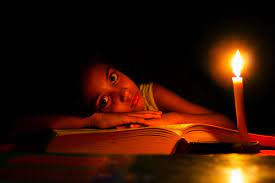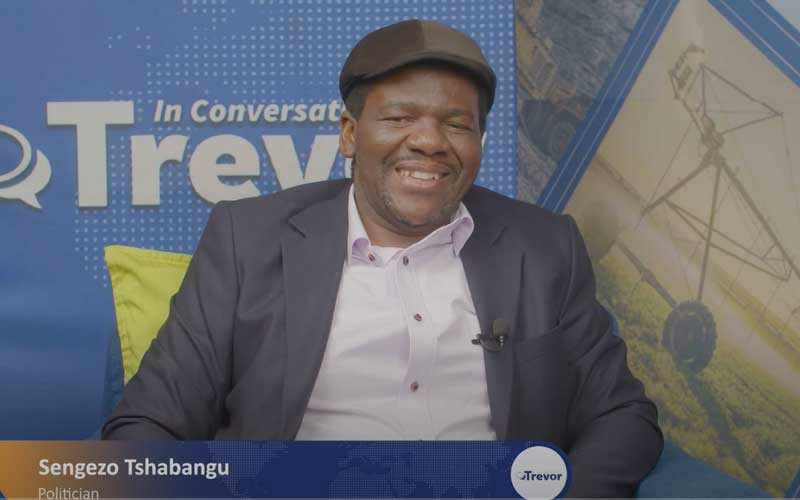
FOR decades, Zimbabwe has been trapped in a vicious cycle of chronic power outages, which have severely disrupted industrial activity and left millions of citizens in darkness.
This persistent issue was further exacerbated this week when the Zambezi River Authority, jointly run by Zimbabwe and Zambia, announced that water levels required to sustain the 1 050 MW Kariba hydro power station had fallen to unsustainable levels.
The drop is attributed to the El Niño-induced drought affecting the southern African region, putting the country’s already struggling industries in an even more precarious position. In the same week, Zimbabwe’s power utility, Zesa, also reported a reduction in output at the 920 MW Hwange coal-fired plant due to technical faults.
These dual setbacks have intensified the ongoing energy crisis, making it clear that Zimbabwe urgently needs a comprehensive solution to its power shortages.
The country has long relied on piecemeal fixes, including importing electricity from neighbouring countries like Zambia, Mozambique, and South Africa.
While these imports provide temporary relief, they have also saddled the country with unsustainable debt, and clearly, this approach is not a viable long-term solution.
In January, IH Securities reported that Zimbabwe’s monthly power import bill had fallen from US$26 million to US$11 million, thanks to improvements at Hwange and increased contributions from Independent Power Producers.
While this reduction offers some respite, it does not address the underlying issues that continue to leave the nation vulnerable to power crises.
- Zim headed for a political dead heat in 2023
- Record breaker Mpofu revisits difficult upbringing
- Tendo Electronics eyes Africa after TelOne deal
- Record breaker Mpofu revisits difficult upbringing
Keep Reading
However, Zimbabwe’s long-term solution to its intractable power woes is partly contained in an energy policy document crafted in 2020 that is gathering dust in some government offices.
The National Energy Renewable (NER) policy, launched four years ago by President Emmerson Mnangagwa, outlines the country’s potential to harness a variety of clean energy sources, including solar, hydro, biomass, geothermal, and wind.
The policy aims to generate 1 100 MW from renewable energy sources by 2025 and 2 100 MW by 2030, representing 26,5% of the country’s total electricity supply.
However, as is often the case with sound policies in Zimbabwe, the lack of political will to implement this strategy has rendered the document largely ineffective.
The NER policy provides a clear roadmap for reducing the nation’s reliance on fossil fuels and imported power, while also delivering significant economic and climate benefits. It even outlines funding mechanisms, such as incentivising domestic and foreign banks to invest in the energy sector.
The solution to Zimbabwe’s crippling power shortages is already on paper. What remains is the political will to turn policy into action. Without it, the nation will continue to grapple with the same energy challenges, missing out on the opportunity to secure a sustainable energy future.






